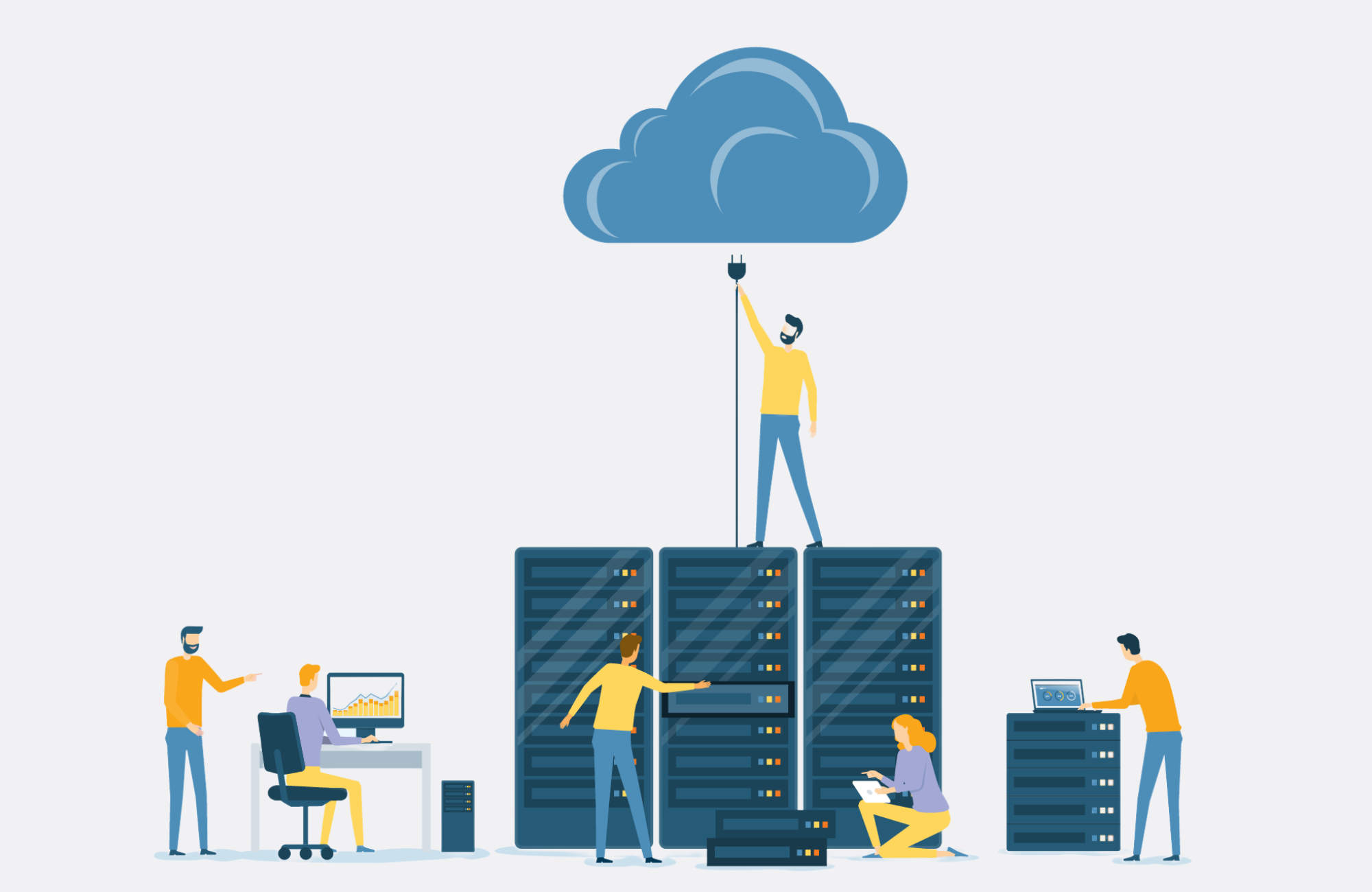High performance computing and the uptick in cloud services has made data centers one of the largest energy consumers worldwide. The average rack power density can range from 7kW to as high as 15kW per rack. Data centers operate 24/7 which causes them to consume large amounts of electricity. About 50% of a typical data center’s energy consumption is from the IT equipment itself, and about another 35% is required by the HVAC equipment. Data center stakeholders are challenged to increase their services and capacity while decreasing their carbon footprint.
Air management is a critical piece of reducing energy consumption. In data centers, air management consists of keeping the cool air supplied by the HVAC equipment from mixing with the warm air emitted by the processing equipment. Effective air management considers the configuration of the air intake and heat exhaust ports of the equipment, the location of HVAC supply and returns, the airflow patterns in the room and temperature set points.
Different data center configurations include raised floors, CRAC units, hot and cold aisles, single-phase immersion cooling and two-phase immersion cooling.
Hot and Cold Aisle
Hot and cold aisle strategy separates the cold air from the heat discharged by facing all the racks in the same direction with the grills for releasing the heat all on the same side. This method was an improvement over early data center configuration, but still has issues like leakages in the grills, gaps in the server racks that allow air to recirculate, and an excess of cold air pushed over the units allowing it to mix with the returning hot air.
Cold air containment is a common solution for existing centers. Cold air is pumped into the contained cold aisle, and the hot air is discharged into the room to be pulled into the HVAC unit for reconditioning. Simply using flexible plastic barriers such as strip curtains to seal the space between the tops of the rack and the air return location can improve the separation of the hot and cold air.
Hot air containment design is suited for new designs because it is more costly and extensive. In this type of design, the room is supplied with cold air, and the hot air is pushed into a separate space in the ceiling. This can be more efficient than cold air containment and also provides a slight buffer around the server racks in case of HVAC or energy supply failure.
Immersion Cooling
Immersion cooling is more efficient, reliable and scalable than air cooling. In both single-phase and two-phase immersion cooling, the servers are submerged in nonconductive liquid coolant to absorb the heat from the servers. The single-phase immersion system requires a pump to pull the liquid into the coolant distribution unit (CDU) for cooling. The liquid is a hydrocarbon-based liquid that has a high boiling point that makes is not volatile. In a two-phase system, servers are submerged in a sealed tank using non-conductive liquid with a low boiling point of approximately 50 degrees Celsius. The heat is absorbed by the liquid medium, which boils and evaporates to be recaptured, condensed and returned to the tank. There is no pump in the two-phase system, but it requires a tightly sealed tank.
Variable Speed Fans
Reducing fan speed can lead to significant fan energy consumption savings. Using variable speed fans can reduce fan energy requirements by 20% to 25%. One method is a fan speed control loop that manages the temperature at the most critical spot, whether it is the top of the rack for under floor supply systems or the bottom of the rack for overhead systems. Fan speed should be based on IT equipment needs and should be set to supply only as much air as a given space requires.
Raising temperature set points can result in fan energy savings due to reducing fan operation requirements. The lower supply airflow required by raising the air-side temperature difference will reduce fan energy requirements and can result in reducing the size of the HVAC unit needed.
HVAC Cooling Systems
According to US Department of Energy (DOE), the two most energy saving methods for data center design are water cooled equipment and efficient centralized air handler systems. Since the data center’s energy load does not vary much throughout the operating day, a centralized air handler can improve efficiency for optimized air management. For instance, the hot aisle/cold aisle configurations are easily implemented with a central system, maintenance is simplified with one unit instead of multiple units, and one unit providing humidity control ensures balanced delivery.
Use of Waste Heat
The waste heat from the servers can be used in heating applications such as preheating ventilation air for buildings, or for heating water. Reusing heat can sometimes provide up to 50% in energy costs.
There are many nuances to HVAC efficiency in data centers and many solutions available to assist in meeting goals for Net Zero. For a more comprehensive conversation on the unique requirements of an existing or proposed data center, reach out to us. Albireo is the leading solutions provider to data centers on a global scale. Albireo has completed hundreds of projects and has a highly trained team. Albireo is committed to Data Center Energy Reduction and provides a suite of services to keep Data Centers high-performing, low-consuming, clean energy consumers.






